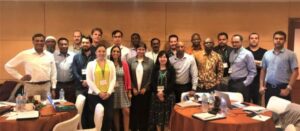Mealworm larvae present a promising opportunity to address some of the world’s most pressing challenges, from food security to environmental sustainability. For UPSC aspirants, understanding the science, applications, and policy implications of mealworms offers valuable insights into how innovative solutions can drive sustainable development. The study of mealworms not only highlights the interconnectedness of science, environment, and society but also exemplifies the transformative potential of small but impactful innovations.









